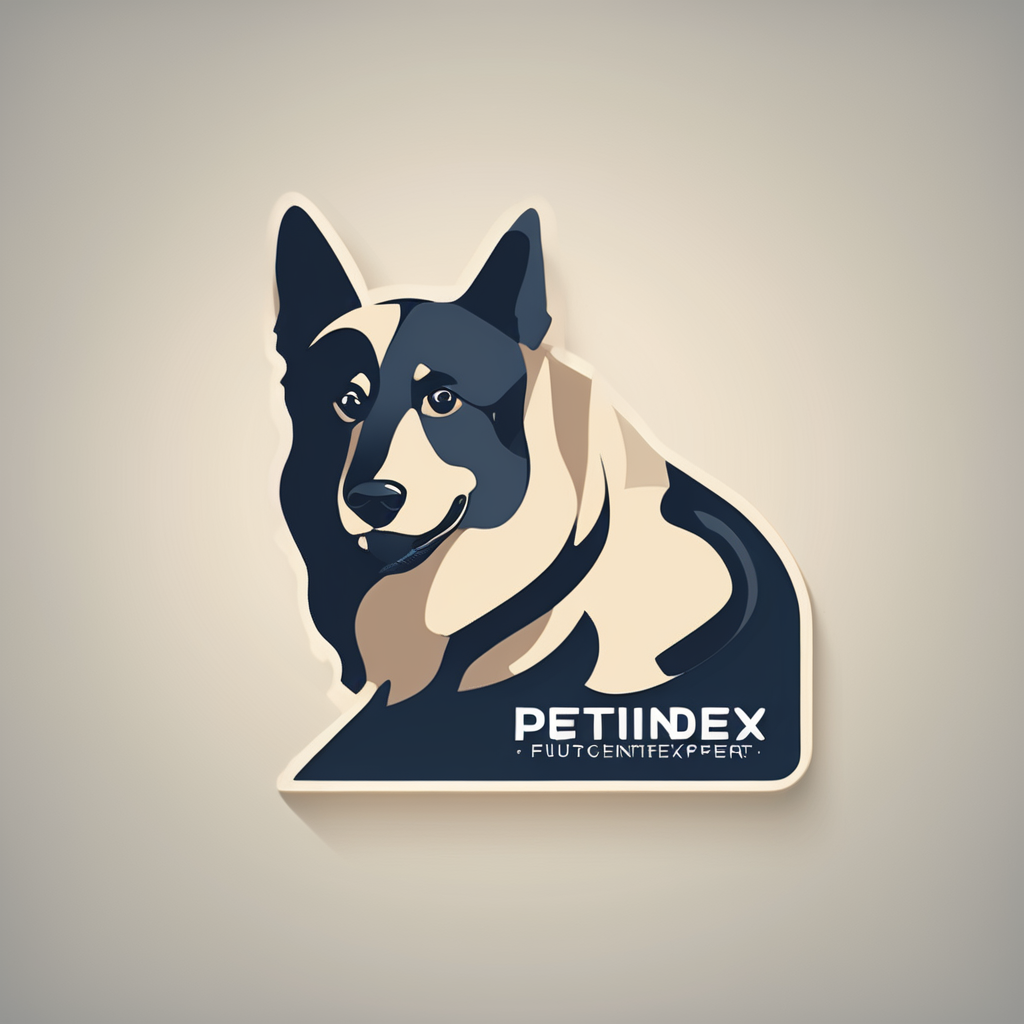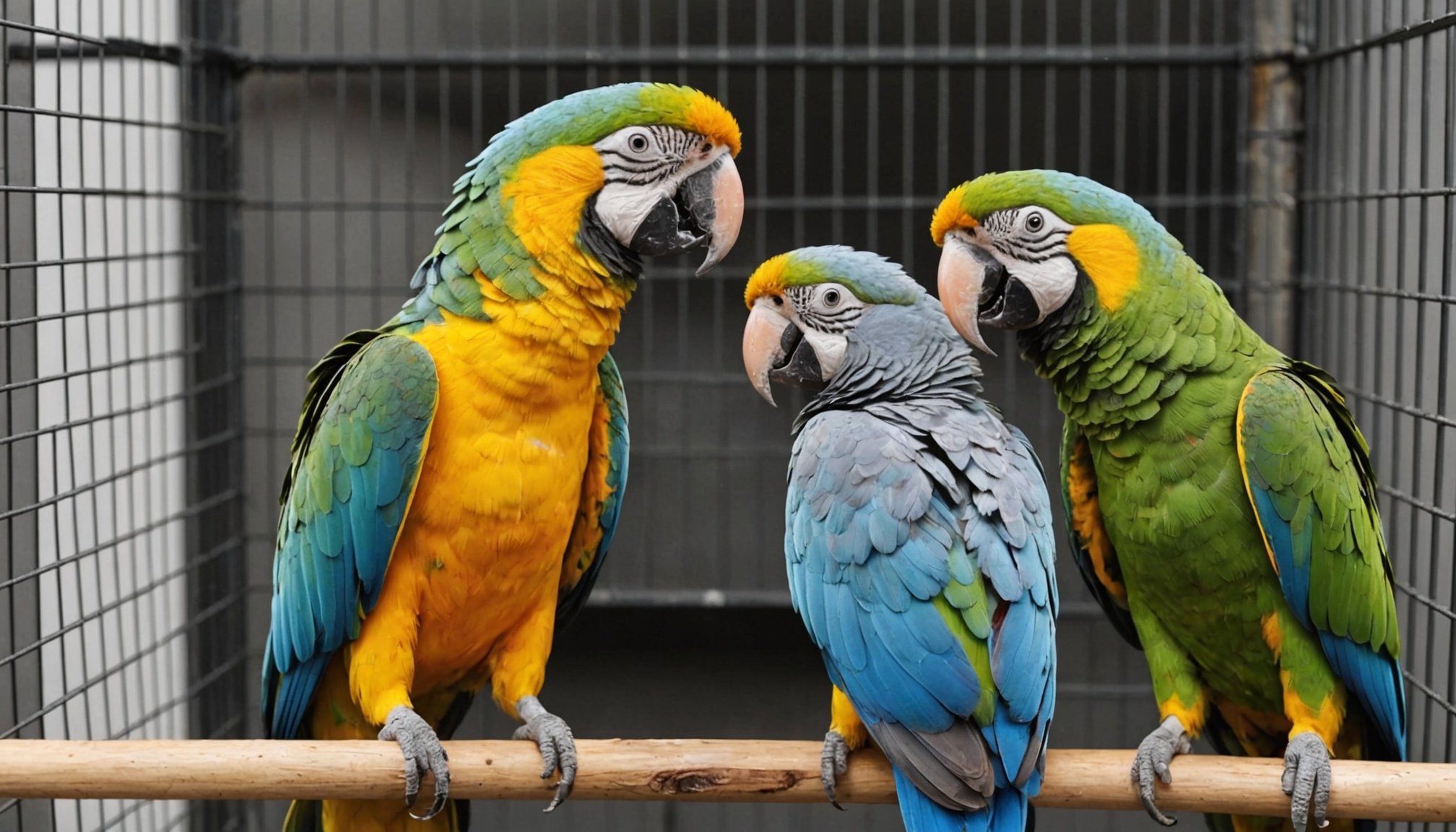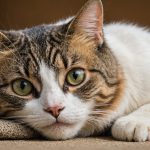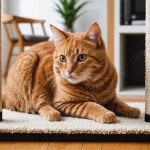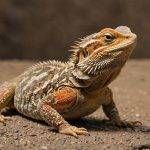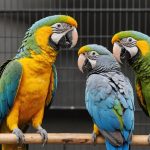Understanding Feather Plucking in Pet Parrots
Feather plucking is a concerning behaviour observed in pet parrots, where birds irresistibly pull out their own feathers. This act can be distressing for both the parrot and the owner due to its impacts on avian health. In fact, feather plucking is a prevalent issue, affecting various parrot species.
Understanding the causes is paramount in addressing the problem effectively. Feather plucking can result from a combination of physical and psychological factors. Common physical contributors include skin infections, malnutrition, or hormonal imbalances. On the psychological front, stress plays a significant role. Factors such as boredom, lack of social interaction, or changes in environment can trigger this behavior. Identifying and alleviating these stressors is crucial for prevention.
Have you seen this : Top Techniques for Successfully Rehabilitating Rescue Foxes in Suburban UK Settings
Observing parrot behavior is key to early intervention. Recognizing patterns of feather plucking and correlating them with recent changes helps in diagnosing the root cause. Furthermore, examining environmental factors, such as cage size and enrichment activities, provides insight into potential stressors that might be affecting the parrot. Ensuring a stimulating and supportive environment can promote better mental health and reduce the tendency to pluck feathers.
By addressing both the physical and emotional well-being of parrots, owners can effectively mitigate feather plucking and support avian health.
Topic to read : Mastering Medication: A Guide to Safely Treating a Stubborn Bearded Dragon
Top Strategies to Prevent Feather Plucking
Creating a stimulating environment is crucial for addressing feather plucking among parrots. This can involve incorporating a variety of toys, perches, and natural branches, which help maintain your parrot’s physical and mental well-being. An enriched environment should mimic their natural habitat as closely as possible, encouraging natural behaviors.
Behavioral modification is another essential strategy to alleviate feather plucking. Techniques such as positive reinforcement training play a vital role in modifying unwanted behavior. Training sessions can cultivate a bond between you and your parrot while teaching them alternative actions for emotional satisfaction and mental stimulation.
Social interaction and maintaining a consistent routine are also key elements supporting mental health. Parrots are social creatures that thrive on companionship, be it from their human caregivers or other birds. Regular interaction helps decrease stress levels, and a structured daily schedule provides a sense of security.
By integrating these solutions for feather plucking, you bolster your parrot’s well-being and discourage destructive habits. Ensuring a balanced approach tailored to your pet’s needs is crucial for successful behavioral outcomes.
Veterinarian and Avian Behaviorist Insights
Understanding feather plucking in birds requires collaboration with avian specialists and veterinarians who can offer expert advice. These professionals play a critical role in diagnosing and treating this complex issue.
Role of Veterinarians in Diagnosing Feather Plucking
Veterinarians are pivotal in identifying the underlying causes of feather plucking. They conduct comprehensive medical examinations to rule out physical ailments. Diagnosis might include blood tests, skin scrapings, or imaging to detect any internal health concerns. By following veterinary recommendations, bird owners can ensure their pets receive accurate and timely medical interventions.
Behavioral Assessment by Avian Specialists
Avian behaviorists focus on psychological factors that may lead to feather plucking. They evaluate environmental stresses or social interactions that could prompt this behaviour. Through observation and behavioral assessment, avian specialists can pinpoint triggers such as cage placement, diet, or lack of enrichment. Their expert advice supports owners in making necessary environmental adjustments.
Treatment Options: Medical and Behavioral
The treatment of feather plucking often involves a combination of medical and behavioral interventions. Medications may address allergies or infections, while behavioral strategies might include introducing new toys or altering social dynamics. Specialists emphasize the importance of a tailored approach to ensure the well-being of each individual bird.
Case Studies and Success Stories
Feather plucking in parrots can be a distressing challenge for owners, but there are hopeful tales of transformation that offer anecdotal evidence of triumph. One notable pet parrot success story is of a rescued African Grey named Coco, who had been relentlessly plucking its feathers. Through a dedicated intervention combining dietary improvements, environmental enrichment, and consistent owner interaction, Coco’s feathers gradually returned.
Such successful interventions underscore the significance of owner involvement. In Coco’s case, the consistent introduction of stimulating activities, like foraging toys and positive reinforcement training, kept her mentally engaged and less inclined to pluck. This approach exemplifies how critical owner dedication and daily commitment can be.
In another instance, a pair of conures, Sam and Bella, showcased how social dynamics could contribute to recovery. Bella, who initially caused her own plucking, responded well to Sam’s calming presence. Their owner ensured a balanced diet and regularly updated their cage setup, reducing stress factors. This case highlights the importance of understanding each bird’s unique triggers and the necessity of regular updates and changes in their routine. These success stories offer feather plucking recovery lessons: consistency, environmental improvement, and recognising individual needs are vital for overcoming this challenge.
Preventative Measures for Long-Term Success
Crafting a strategy for long-term feather plucking prevention requires an understanding of daily routines and proactive parrot care practices. Establishing a structured daily routine is essential. Parrots thrive on consistency, so feeding, cleaning, and interaction should occur at the same times each day to create a sense of security and predictability.
Parrots need both mental and physical stimulation to prevent boredom, a leading cause of feather plucking. Implementing enrichment strategies is crucial. Offer a variety of toys that encourage foraging and problem-solving, and rotate them regularly to maintain interest. Consider playing soothing music or engaging in daily training sessions to further stimulate your parrot’s mind.
Assessing and improving living conditions is another core element of preventative care. Ensure that the cage is appropriately sized, allowing ample space for movement and activity. Adequate lighting, ventilation, and climate control contribute significantly to a parrot’s well-being.
Ongoing monitoring of your parrot’s behavior is imperative. Regularly observe interactions and adjust strategies as needed. If signs of stress or anxiety emerge, such as increased vocalizations or restlessness, reevaluating the environmental factors and routines can help. By maintaining diligent care practices and remaining attentive to your parrot’s needs, you can foster an enriched, stable environment for their health and happiness.
Products and Resources to Aid in Prevention
When it comes to maintaining the health and well-being of your parrot, having the right preventative products and resources is crucial. Understanding their needs ensures a happy and healthy life.
Overview of Recommended Products
Investing in the right toys and perches can significantly aid in the prevention of behavioral and physical issues in parrots. Toys, especially those designed to challenge their intellect, stimulate mental activity and keep them engaged. Perches, on the other hand, are vital for their feet. They help prevent ailments like arthritis and pressure sores, offering a natural texture that encourages healthy gripping habits.
Books and Online Resources for Parrot Care
Reading up on parrot care through books and online resources offers essential insights into their specific needs. These resources provide comprehensive guides on dietary requirements, behavioral tendencies, and health awareness. Websites frequently update information, allowing access to the latest findings and caring techniques, ensuring you remain informed.
Community Support: Forums and Local Pet Groups
Engaging with community support, such as forums and local pet groups, offers additional guidance. These spaces allow parrot owners to exchange experiences, seek advice, and provide emotional support to one another. It’s an opportunity to learn from seasoned caretakers and address concerns promptly.
